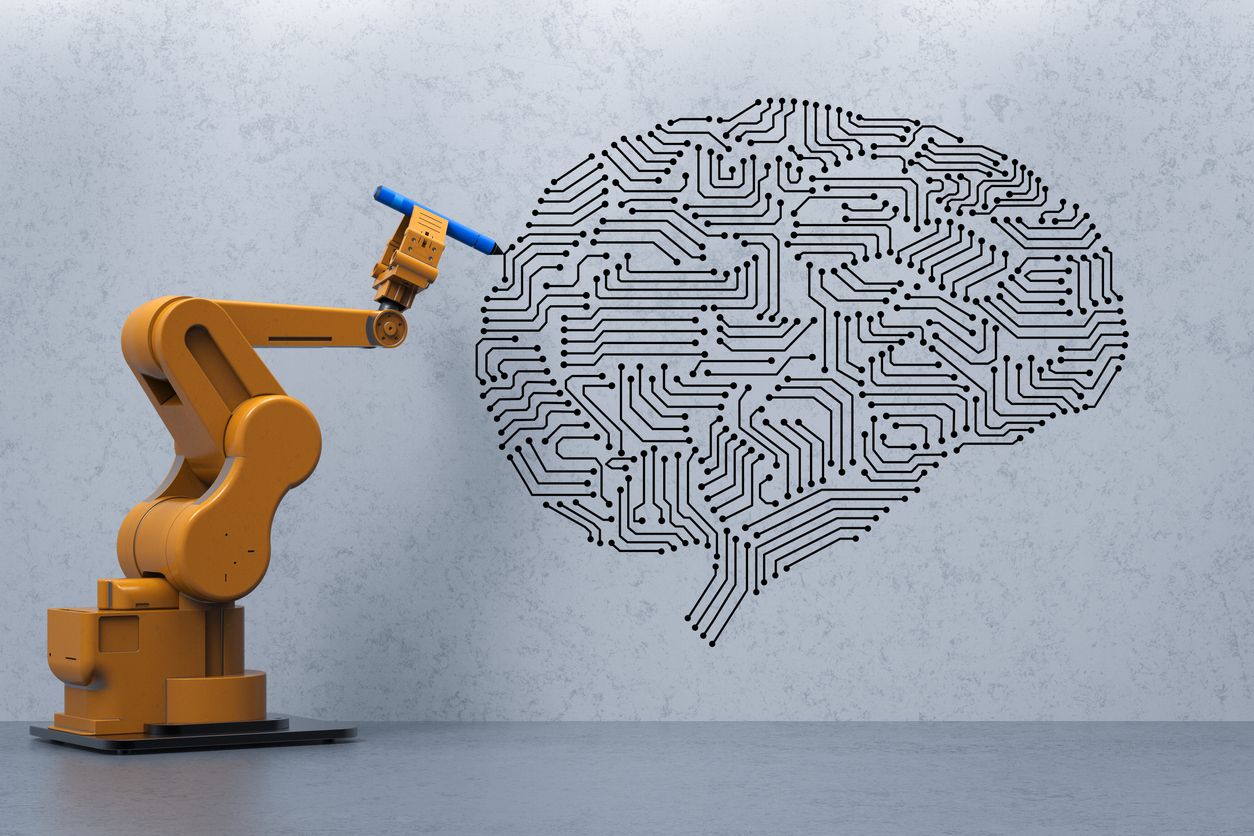State space representation is an important part of artificial intelligence, and it’s something that you likely use every day without even knowing it. State space representations are a way of understanding relationships between variables in a data set. For example, if you wanted to understand how much sugar is in a can of soda, you could represent that data in state space form. This is important because state space representations allow for more accurate predictions and interpretations of data. And as we become increasingly reliant on artificial intelligence, having state space representations that are accurate and concise becomes even more important. In this blog post, we will explore why state space representations are so important and give you a few examples of how they can be used in various fields. So read on to learn more about one of the most important aspects of artificial intelligence!
What is state space representation?
State space representation is an important tool for artificial intelligence because it allows machines to understand and learn from complex situations. State space representation is a way of organizing data so that it can be easily understood by computers. This technique helps machines to understand how different variables affect each other, and how a particular situation might evolve over time.
State space representation is used in many different areas of artificial intelligence, including machine learning and natural language processing. Machine learning algorithms are based on the assumption that a machine can learn from experience by improving its ability to predict future events. To do this, the machine needs to understand the relationships between the variables involved in the prediction.
One of the most common ways to represent data in state space is with a graph. In a graph, each node represents a particular variable, and the connections between them represent the relationships between those variables. The nodes can be either points (such as features in a dataset) or vectors (such as words in a text corpus). The connections between nodes indicate how strongly they influence each other.
Using graphs like this, machines can study patterns and relationships between variables very quickly. This allows them to make predictions about future events much more accurately than would be possible if they only had access to single pieces of data.
The benefits of state space representation for artificial intelligence
State space representation is an important tool for artificial intelligence because it allows a computer to understand complex patterns in data. This is important because the more complex the pattern, the better an AI can understand it. State space representation helps AI to understand things like relationships between variables and how those relationships change over time.
This ability to understand complex patterns is key to AI’s success. For example, consider a situation where you are trying to figure out how sales of a certain product are related to other factors like weather conditions or the time of year. State space representation can help you to see these relationships more clearly than if you were using other data visualization methods.
Another advantage of state space representation is that it can be used to create models that are flexible and adaptive. This means that your AI model will be able to learn from experience and improve its performance over time.
How to implement state space representation in your AI development?
State space representation is a well-known and widely used tool for artificial intelligence development. It can be thought of as a way to model the behavior of a system by mapping its inputs and outputs into a grid, with each cell representing an individual state. This enables AI developers to analyze the behavior of systems by looking at how they change over time, which is essential for designing effective AI systems.
When designing an AI system, it’s important to consider how the system will behave over time. By using state space representation, you can map your system’s inputs and outputs into a grid, which will allow you to see how the system changes over time. This information can help you design effective AI systems that are able to handle various situations.
There are many different ways to implement state space representation in your AI development. One approach is to use MATLAB or Python libraries that provide support for state space representations. Another option is to use software tools like Microsoft Cognitive Toolkit or OpenAI Gym that come with built-in support for state space representations. whichever route you choose, it’s important to make sure that your implementation is accurate and reliable so that you can get accurate results when analyzing your systems’ behavior.
Conclusion
State space representation is an important part of artificial intelligence, as it allows machines to reason about the states that things can be in. By understanding these states, machines can make better decisions and carry out tasks more efficiently. State space representation also helps create models of behaviors, which is useful in predicting future events.





